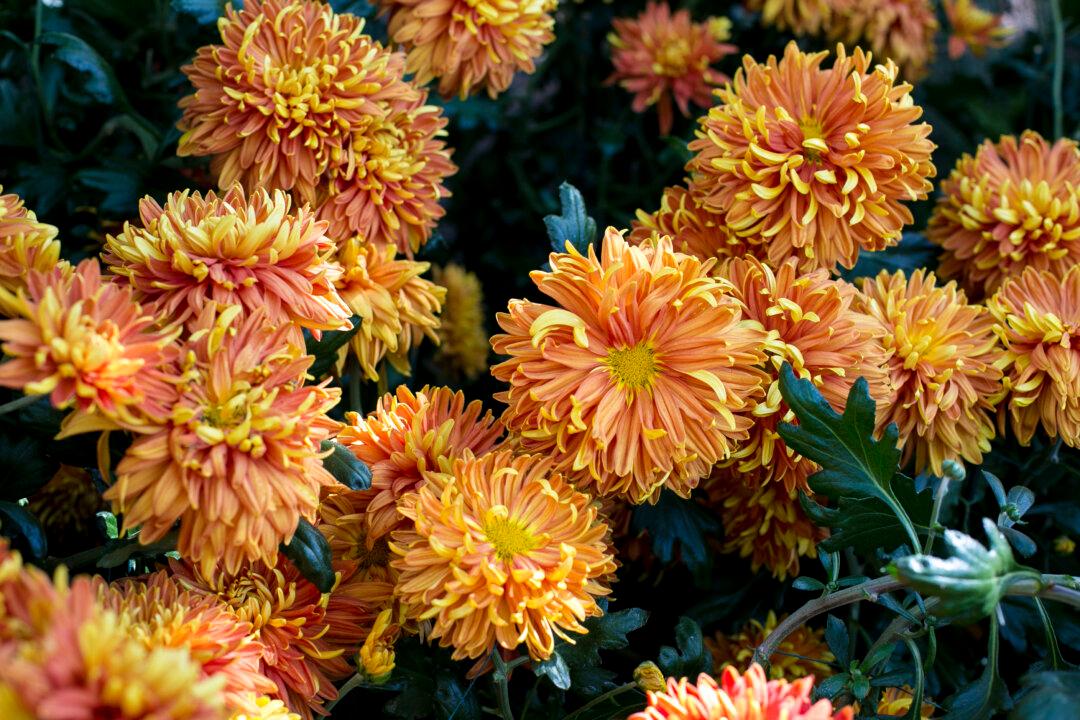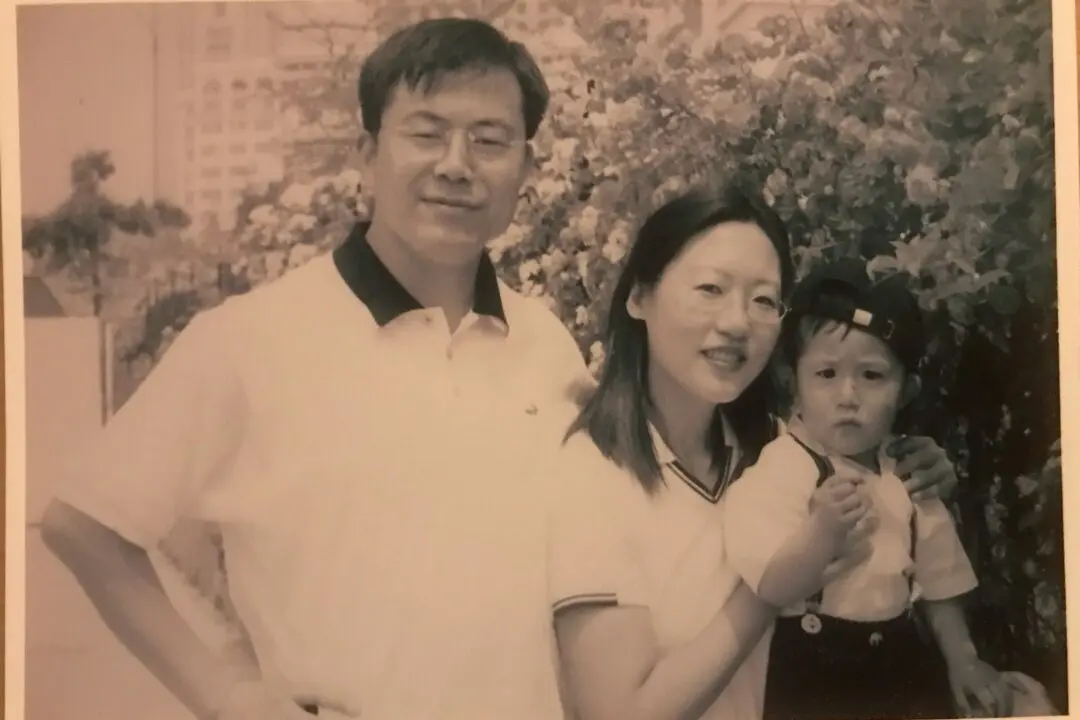NEW YORK—Spring brings tulips and daffodils, but fall is beautiful with its perennial stars, like asters and anemones that hold through winter.
Chief among the flowers of fall is the chrysanthemum, and the New York Botanical Garden (NYBG) has over 700 of them on display at its annual exhibition, Kiku: The Art of the Japanese Garden, at the Enid A. Haupt Conservatory through Oct. 30.
Big, fluffy, light-purple mums; a dense waterfall of maroon-red stars created from one single plant; a spiral of pink and messy petals that spins all the way around as it unfurls, before closing again—the chrysanthemums on display are not the small, yellow daisy-like spots on bushes that come to mind for most people with no special interest in the plant.
The carefully crafted displays are 11 months in the making, grown from 13 years of the team’s knowledge, drawing on traditions of a centuries-old dying art.







